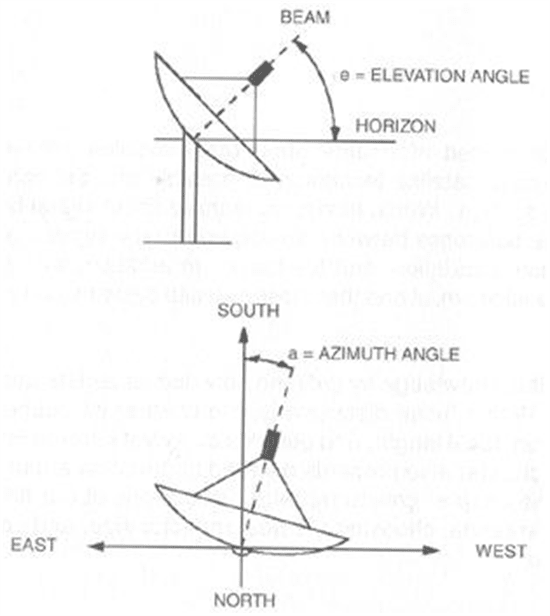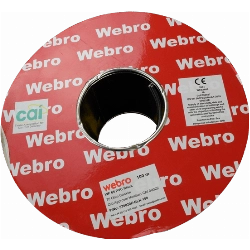Satellite Aligner/Finder Meter
Product Code: SATFIND
- LNB to REC connector & dB control
- Sturdy & durable for long life
- Doesn't require batteries
- Compact & lightweight
Product Description
Satellite Finder Meter
Align your satellite dish precisely with our SATFIND.
Features:
- Compact design with backlit meter scale.
- Audible signal strength reading.
- Adjustable level control and sensitivity adjustment.
- Frequency range 950 - 2150MHz.
Technical Information:
1. Connect a cable from the LNB/LNBF to the TO LNB connection on the Satellite Finder.
2. Connect the cable from your satellite receiver to the TO REC input on the Satellite Finder.
3. Make sure your satellite receiver is on. The Satellite Finders scale should be lit at the time and the meter reading should be around 2.
4. Set your dish to the recommended azimuth and elevation settings. (This information should be supplied with your dish).
5. Set the Satellite Finders scale reading to around 5dB by adjusting the dB level control found on the face of the Satellite Finder. (Turning the dB level control anticlockwise will increase the reading).
6. Peak the signal by slowly moving the azimuth and elevation of your dish. If the Satellite Finders reading goes off scale, adjust the dB level control to reduce the reading to around 5. (Turning the dB level control counterclockwise will decrease the reading). Continue to move the dish until you have the highest possible meter reading.
7. Remove the cable and Satellite Finder, then connect the LNB/LNBF to your receiver.
Frequency Range (MHz) |
Input Level Max. (dBm) |
Insertion Loss (dB) |
Impedance (O) |
Power Supply (V DC) |
950-2150 | -40 - -10 | 5 |
75 | 13-18 |
Technical Specification
Width
53mm
Depth
85mm
Height
25mm
Weight
0.13kg
Frequently Asked Questions

03/10/2025
01/10/2025
Delivered on-time without hitch.
25/09/2025
Excellent
23/09/2025
All good
14/09/2025
Spot on with everything needed good
Google Company Reviews
28/11/2025
Excellent, fast service and the aerial pole arrived in 100% condition.
22/11/2025
04/11/2025
item not received after a number of days. Reported by landline to Blake Head Office this morning.. Request replacement at no expense to myself. Please advise. Thanks. Anthony Ernest.
31/10/2025
Very prompt reply re order unfortunately delivery by DPD failed to deliver to address even though there was a person in. DPD delivered to a local drop off point for collection, the so called local post office which not that local!!! Otherwise there would be 5 stars!!! Product great and fitted to cover entry point of Sky cables into building as SKy's product has failed , plastic cracked and fallen off.
26/10/2025
I bought a LNB adapter for a Sky dish to allow me to use a single outlet LNB. Fitted perfectly.








 Quick Add
Quick Add















Exactly what I needed and delivered when said great team